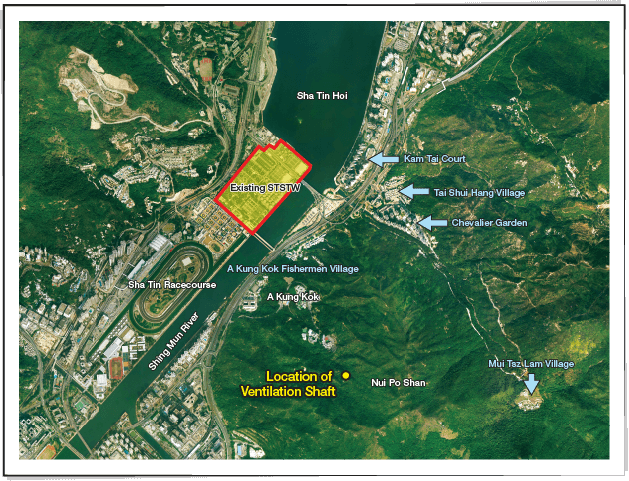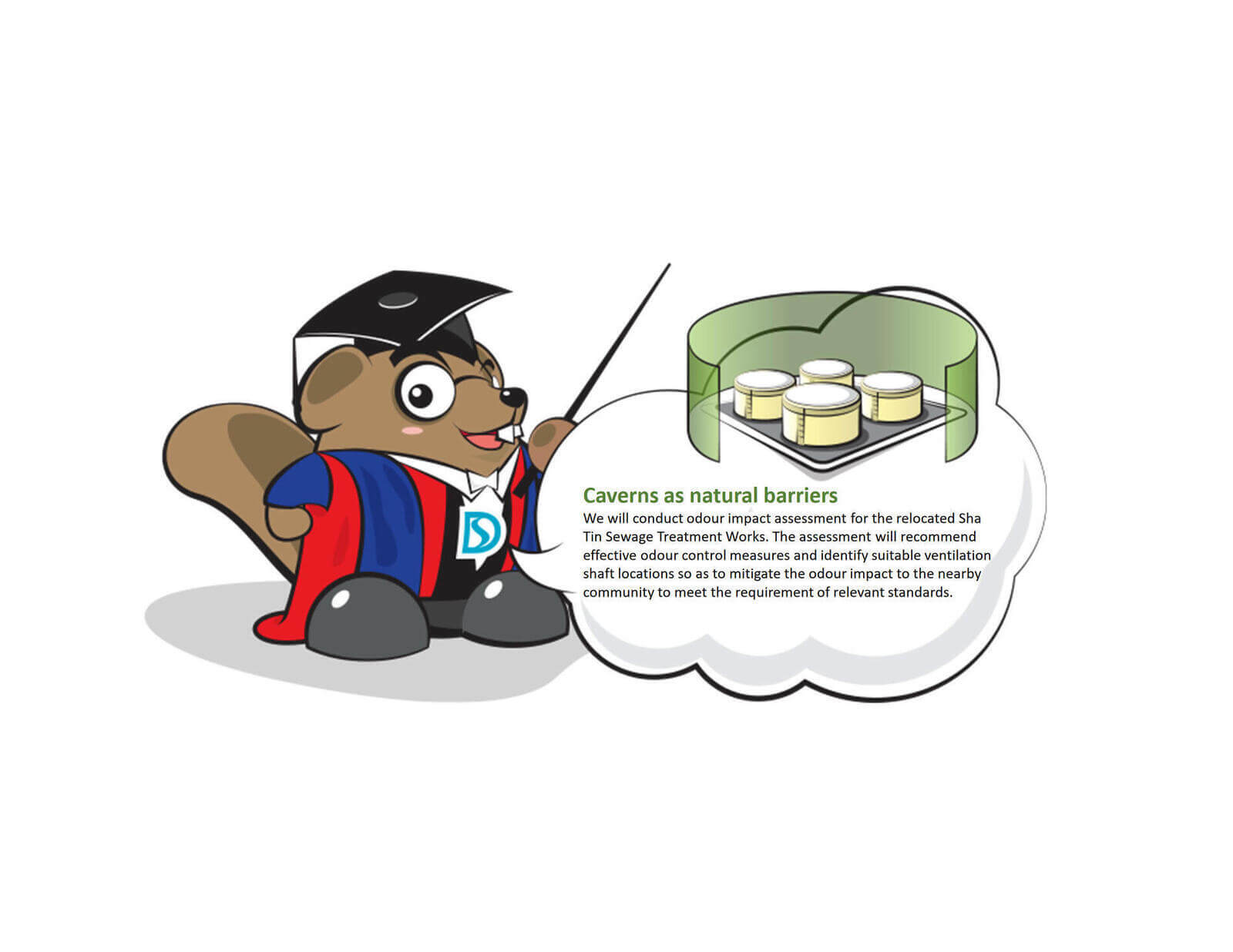

To promote sustainable development, after undertaking researches and consultations, in 2014, the Drainage Services Department (DSD) moved forward with relocating the aging Sha Tin Sewage Treatment Works into caverns. The project is expected to be completed by 2031. Upon completion, not only will 28 hectares of land be released for other beneficial uses, the current issues relating to landscape, odour and aging facilities arising from the existing sewage treatment works will also be resolved.

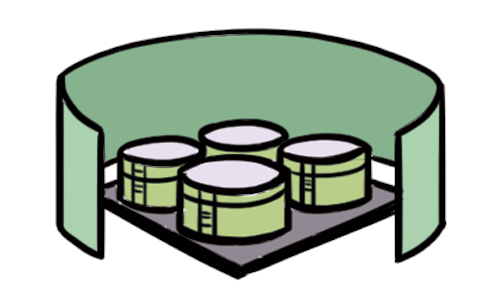
![]() Better control odour and improve the environment
Better control odour and improve the environment

![]() Releasing of 28 hectare of land for other beneficial use
Releasing of 28 hectare of land for other beneficial use

![]() Long term planning for the aging sewage treatment facilities and adopt advanced sewage treatment technology to improve our services
Long term planning for the aging sewage treatment facilities and adopt advanced sewage treatment technology to improve our services
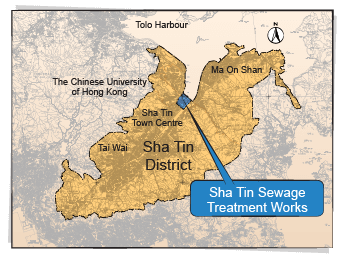
| Commissioning Year: | 1982 |
| Footprint: | About 28 hectares |
| Sewage Treatment Level: | Secondary |
| Design Daily Sewage Treatment Capacity: | 340,000m3 |
| Current Sha Tin Population: | About 630,000 |

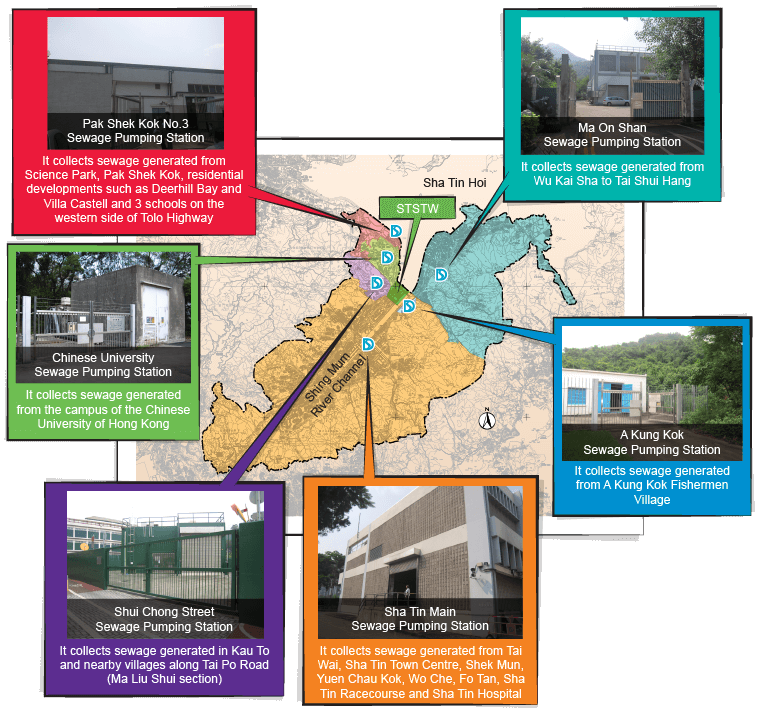
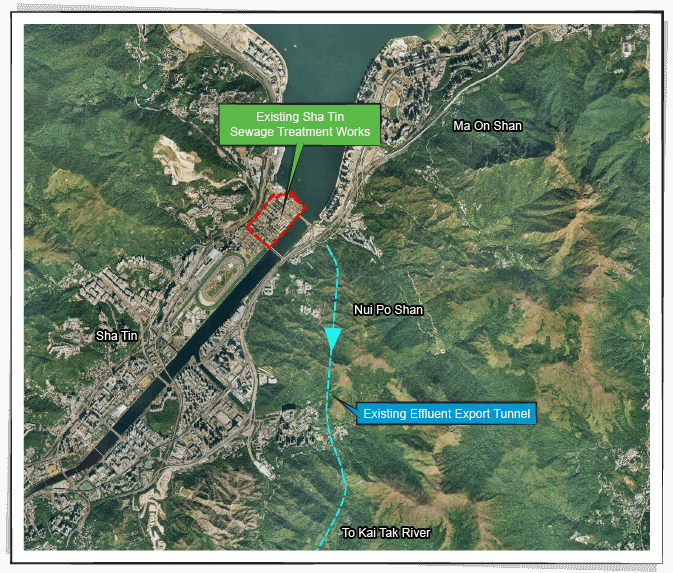
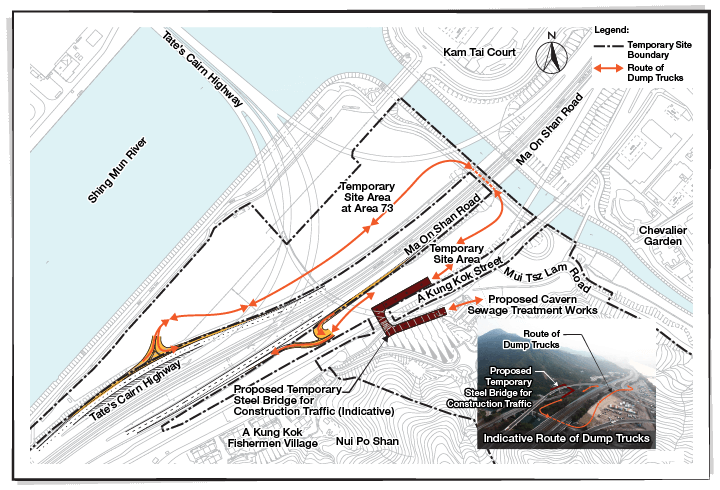
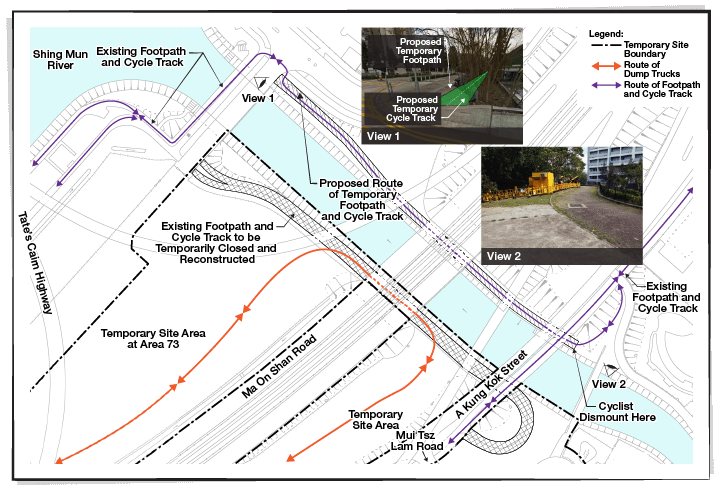
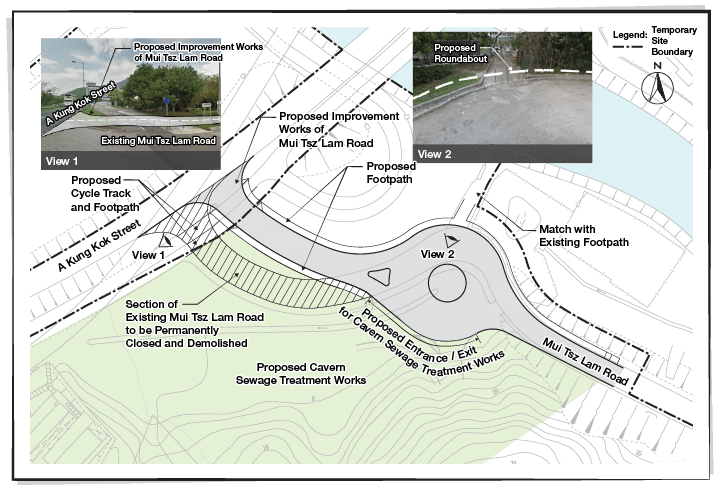
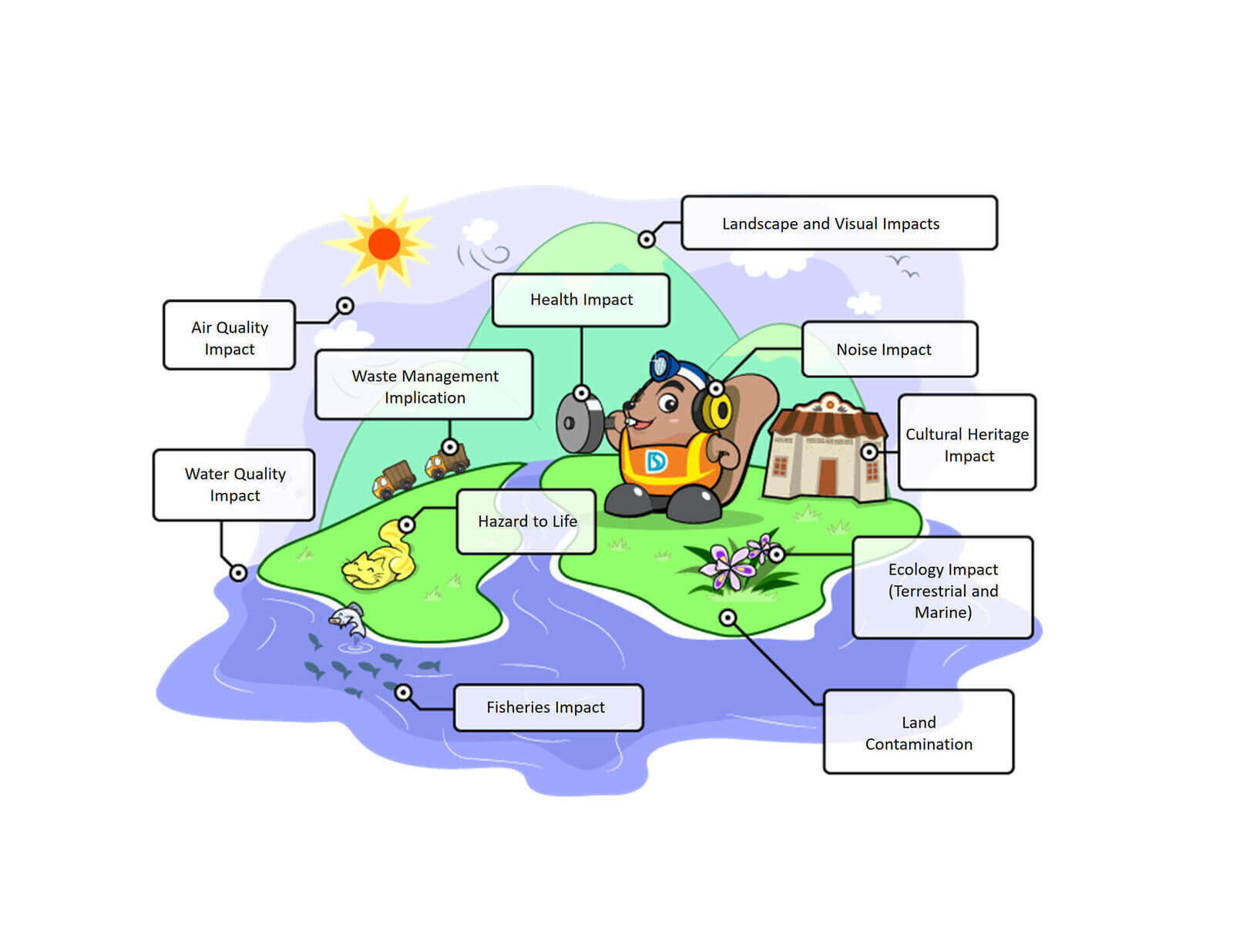
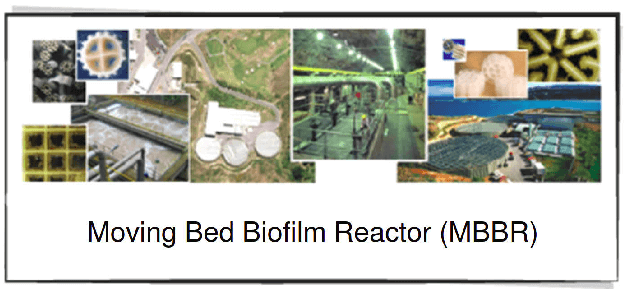
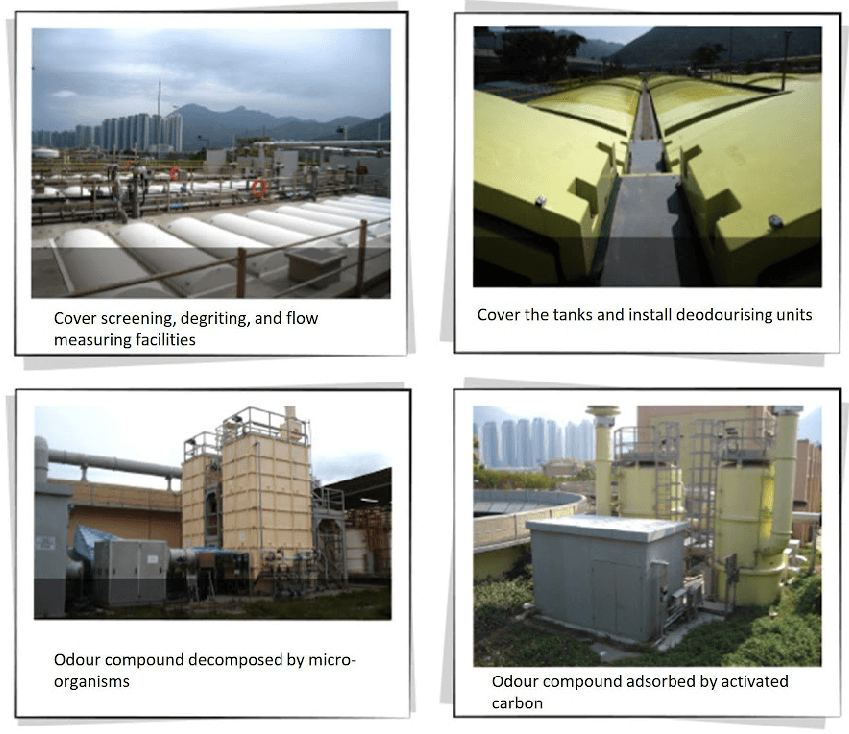
| Nearby Estate / Village | Horizontal Distance from Ventilation Shaft (about) |
|---|---|
|
|
|
|
|
|
|
|
|
|
